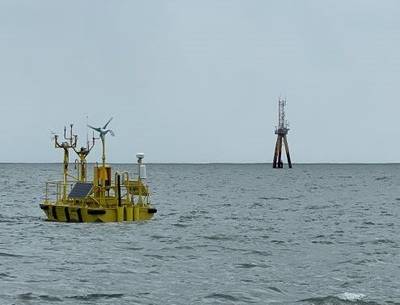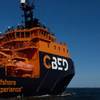Weather Data Gathering Project Underway for US Offshore Wind
The U.S. Department of Energy (DOE) and the National Oceanic and Atmospheric Administration (NOAA) have launched an 18-month initiative to gather extensive weather, ocean, and wildlife data near the sites of active offshore wind farms and lease areas off the coast of the Northeast United States.
This effort, which is part of the third phase of the Wind Forecast Improvement Project (WFIP3), seeks to gather high-quality data to improve the design and operation of offshore wind turbines and wind farms. Accurate forecasts are essential for maximizing wind plant output.
“The major goal of WFIP3 is to characterize the wind energy environment and what processes impact the wind speeds at hub-height,” said Dave Turner, manager of NOAA’s Atmospheric Science for Renewable Energy Program. “We want to use these insights to improve NOAA’s operational weather prediction models, which often serve as the foundational forecasts for the energy community in their daily management of their wind plants.”
Over the last three months, researchers have deployed remote sensing instruments, offshore buoys, and towers at various locations off the coasts of Massachusetts, Rhode Island, and Long Island - home to Vineyard Wind, Block Island Wind Farm, South Fork Wind Farm, and seven other lease areas. The instruments will collect real-time data on a wide range of weather-related variables over the next 18 months.
WFIP3 platforms are also being used to monitor wildlife, including whales, birds, and bats. Wildlife data, collected alongside weather and ocean data, will improve our understanding of movement patterns and provide insight into the potential effects of offshore wind construction on wildlife in the region.
WFIP3 is funded by DOE and NOAA and led by the Pacific Northwest National Laboratory and Woods Hole Oceanographic Institution, with over 15 partners including national laboratories, universities, industry, and cooperation from local governments. The wildlife monitoring is a project of Duke University with funding from DOE and the Bureau of Ocean Energy Management.
Upon completion of the data collection campaign, the monitoring platforms and instruments will be removed from the ocean, and the study's data and results will be published and used to improve the accuracy of weather forecasts for the region.











